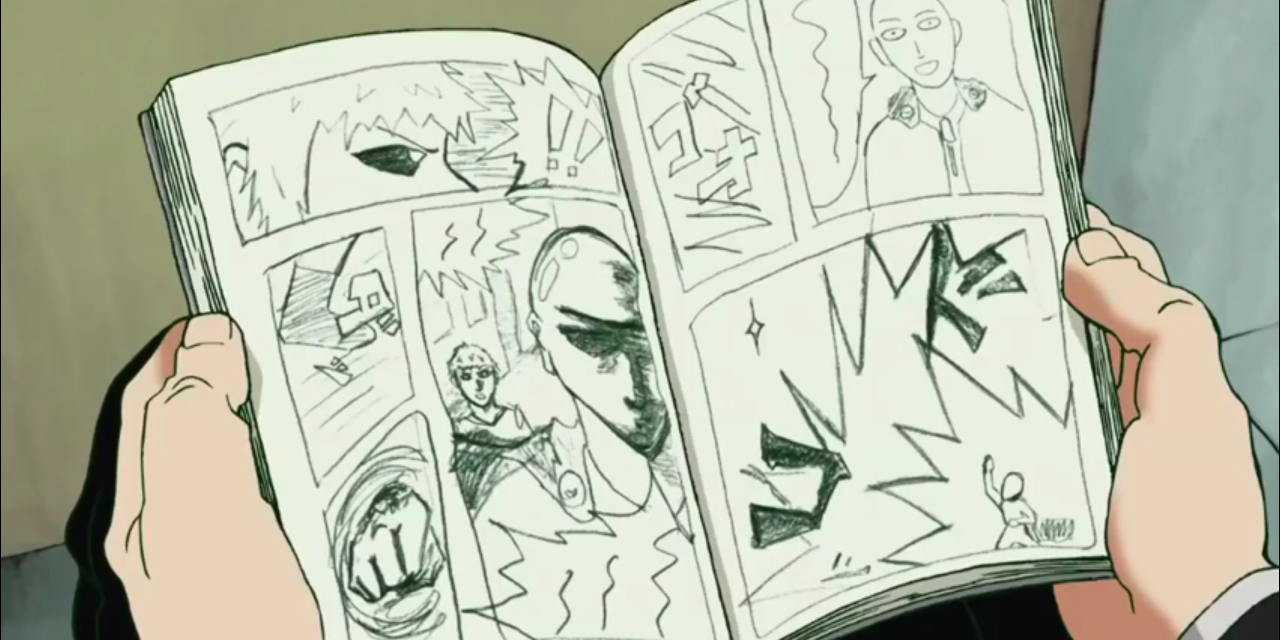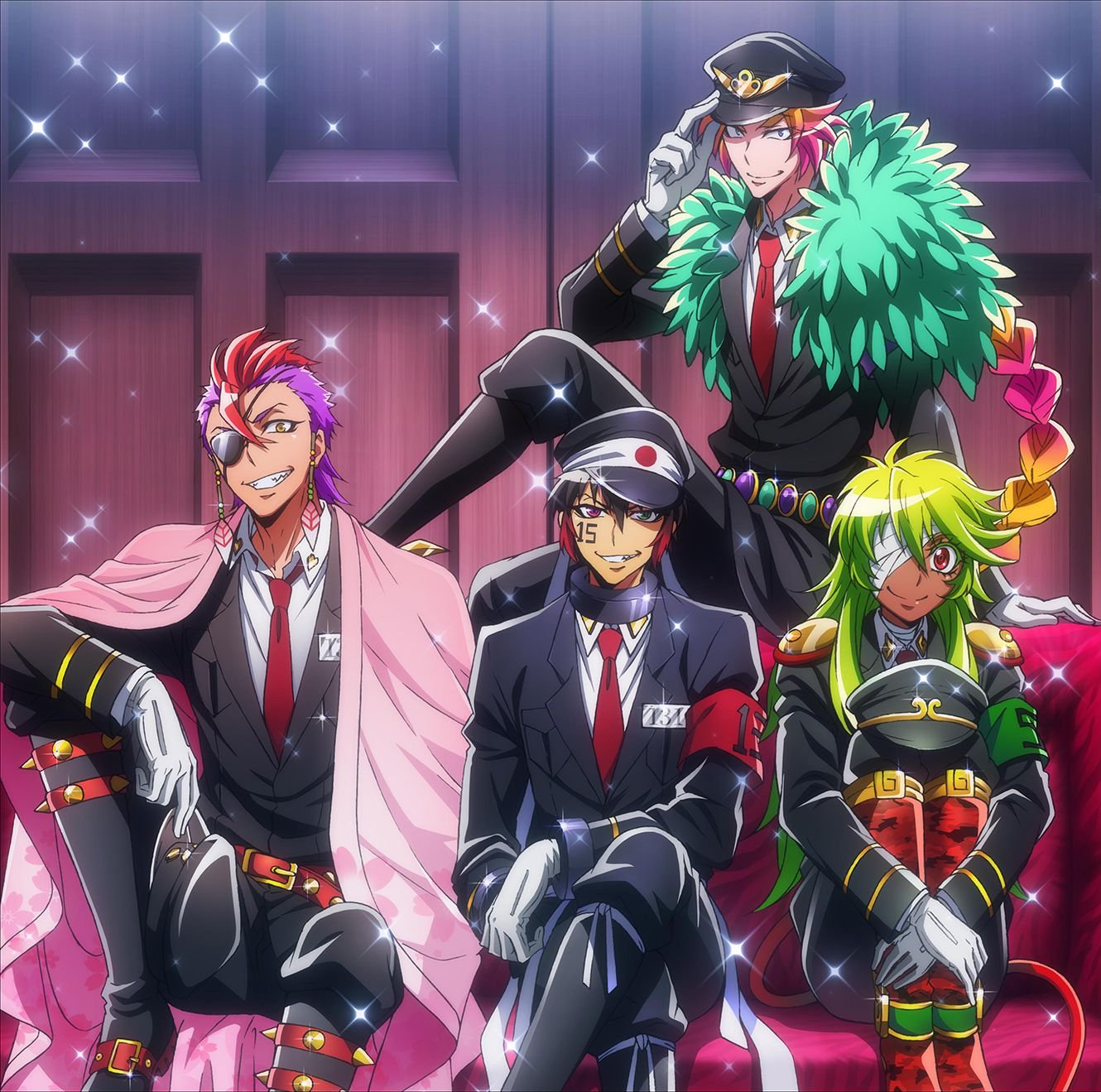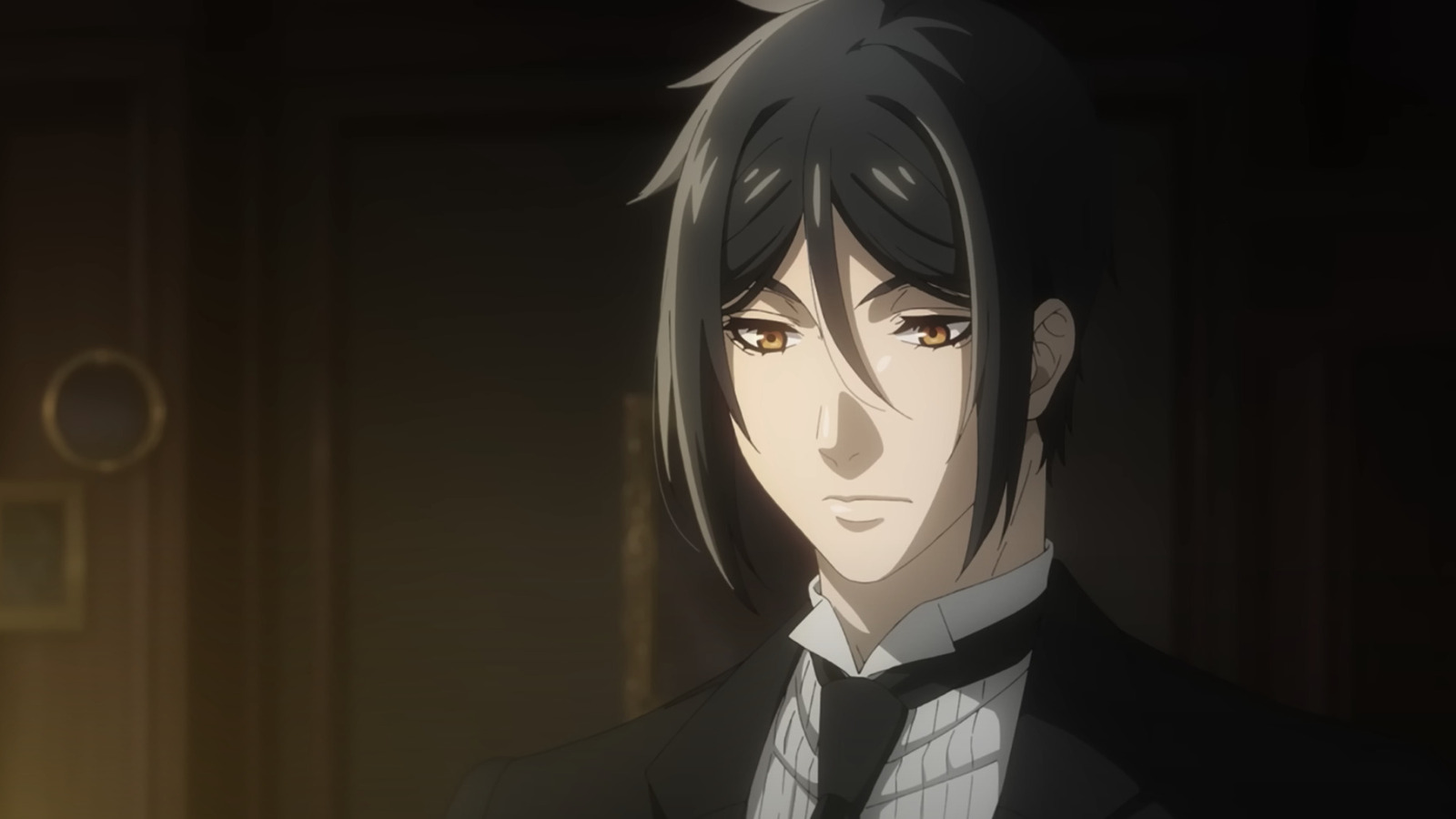One manga artist, that’s the whole crew! This ain’t your average comic book story, yo. We’re diving deep into the life of a solo manga creator – from the crazy creative process and killer marketing strategies to the serious business side and the tech they use to bring their art to life. Think insane deadlines, wild inspiration, and the hustle to build a fanbase.
Get ready for a wild ride.
We’ll break down everything from sketching to self-publishing, exploring the unique challenges and triumphs of building a manga empire all by yourself. We’re talking about the artistic journey, the business savvy needed to survive, and how tech is changing the game. It’s a total deep dive into the world of the independent manga artist – a world of passion, perseverance, and seriously awesome art.
The Creative Process of a Single Manga Artist
Going solo in the manga world? It’s a wild ride, but totally doable. This section breaks down the creative process, from brainstorming to that satisfying
-thump* of the published work.
Manga Creation Workflow
A typical manga artist’s workflow is a blend of meticulous planning and spontaneous creativity. It starts with a killer concept, followed by scripting, storyboarding, rough sketches, inking, and finally, coloring and digital touch-ups. Each step demands focus and skill.
Stages of Manga Creation
The journey from idea to published page is a multi-step process. First, you’ve got your storyboarding – creating a visual roadmap of your panels. Then comes the sketching phase, where the raw emotion and energy of your characters take shape. Inking adds precision and definition, followed by coloring which brings your world to life.
Digital tools often handle the final polishing and effects.
Artistic Styles and Techniques
Manga styles are as diverse as the artists themselves. Think of the clean lines of a shojo manga versus the grittier style of a seinen. Techniques vary, too – some artists favor detailed backgrounds, while others prioritize character expressions. Experimentation is key!
Solo Artist vs. Team: Tools and Technology
A solo artist often relies on a smaller arsenal of tools compared to a larger team. They might use a single graphic tablet and digital painting software, whereas a team could have specialized roles and more advanced equipment.
Hypothetical Workflow Chart for a Single Manga Chapter
Here’s a visual representation of a streamlined workflow for a single chapter. Imagine this as a flow chart, visually depicting each step.
| Step | Description | Time Estimate | Tools |
|---|---|---|---|
| Concept & Script | Brainstorming, outlining the story, writing dialogue | 1-2 days | Notebook, word processor |
| Storyboarding | Creating a visual plan of the chapter | 1-2 days | Paper, digital storyboard software |
| Rough Sketches | Loose sketches of each panel | 3-5 days | Pencil, paper, digital sketching software |
| Inking | Adding clean lines to the sketches | 3-5 days | Ink pens, digital inking software |
| Coloring & Effects | Adding color, shading, and special effects | 2-4 days | Digital painting software |
| Final Touches & Editing | Reviewing, refining, and preparing for publication | 1-2 days | Digital editing software |
Marketing and Self-Promotion for a Solo Manga Artist
Getting your manga noticed in a crowded market requires a strategic approach. This section explores effective self-promotion techniques for solo artists.
Building an Audience and Promoting Your Work
Building a following requires consistent effort and engaging content. This includes showcasing your art on social media, interacting with fans, and participating in online and offline events.
Successful Self-Promotion Techniques
Successful manga artists often leverage social media platforms like Instagram, Twitter, and TikTok to share their work and connect with potential readers. Participating in online and offline art communities, creating engaging content, and collaborating with other artists are also effective strategies.
Challenges in the Competitive Manga Market
The manga market is fiercely competitive. Solo artists face challenges like limited resources, building brand awareness, and managing their online presence effectively.
Sample Social Media Marketing Plan
A sample plan might include daily posts on Instagram showcasing artwork, weekly updates on Twitter about the manga’s progress, and monthly interactive Q&As on platforms like Discord or Reddit. Consistency and engagement are key.
Platforms and Tools for Self-Publishing and Marketing
- Social Media: Instagram, Twitter, TikTok, Facebook
- Online Platforms: Webtoons, Tapas, Gumroad
- Print-on-Demand Services: Amazon KDP, IngramSpark
- Portfolio Websites: ArtStation, DeviantArt
The Business Side of Being a One-Person Manga Studio
Running a one-person manga studio isn’t just about art; it’s also a business. Understanding the financial aspects is crucial for long-term success.
Key Financial Aspects: Income Streams and Expenses
Income streams can include print sales, digital sales, merchandise, commissions, and Patreon. Expenses include art supplies, software subscriptions, marketing costs, and potentially accounting fees.
Methods of Monetizing Manga
Beyond print sales, artists can explore digital distribution through platforms like Amazon Kindle, ComiXology, and personal websites. Merchandise, like prints, stickers, and apparel, can provide additional income streams.
When investigating detailed guidance, check out 5 dimensional seduction manga now.
Legal Considerations: Copyright and Licensing
Protecting your work is vital. Understanding copyright laws, licensing agreements, and fair use is crucial to avoid legal issues.
Successful Business Models
Some artists thrive through Patreon, building a loyal fanbase who provide monthly support. Others focus on creating high-quality print books and selling them at conventions or online. A hybrid approach, combining multiple income streams, is often the most sustainable.
Sample Budget
| Income | Amount | Expense | Amount |
|---|---|---|---|
| Digital Sales | $500 | Art Supplies | $100 |
| Print Sales | $300 | Software Subscriptions | $50 |
| Commissions | $200 | Marketing | $75 |
| Merchandise | $100 | Taxes | $50 |
| Total Income | $1100 | Total Expenses | $275 |
The Artistic Influences and Inspirations of a Single Manga Artist
Every artist’s style is a unique blend of influences. This section explores how these influences shape a manga artist’s work.
Influences on a Manga Artist’s Style
A manga artist’s style is influenced by various factors, including other artists’ works, cultural trends, personal experiences, and even their favorite movies or books. These elements often blend together to create a distinctive aesthetic.
Stylistic Choices of Different Manga Artists
Comparing artists like Osamu Tezuka (known for his dynamic characters) and Rumiko Takahashi (known for her comedic timing and character designs) reveals a wide spectrum of stylistic approaches within the manga world. Each artist’s unique touch reflects their individual artistic vision.
Personal Background and Worldview Reflected in Work

An artist’s personal experiences and worldview inevitably find their way into their work. The themes, characters, and settings often serve as reflections of the artist’s own life and perspective.
Inspiration from Diverse Sources
Inspiration can come from unexpected places. A manga artist might find inspiration in historical events, classic literature, or even contemporary films. These influences can enrich the narrative and visual language of their work.
Evolution of a Fictional Manga Artist’s Style
This table illustrates the stylistic evolution of a fictional manga artist, showcasing how their style might change over time.
| Period | Style Characteristics | Key Influences | Example Artwork Description |
|---|---|---|---|
| Early Years (2010-2012) | Simple line art, limited color palette, focus on character design | Classic shojo manga | Clean lines, bright colors, large expressive eyes. |
| Developing Style (2013-2015) | More detailed backgrounds, introduction of shading, experimenting with perspective | European comic art | More detailed environments, use of shadows and highlights to create depth, varied camera angles. |
| Mature Style (2016-2018) | Bold lines, dynamic compositions, complex color schemes, focus on storytelling | Seinen manga, graphic novels | Stronger line weight, dramatic use of color, complex panel layouts. |
| Current Style (2019-Present) | Unique blend of previous styles, innovative use of digital techniques, refined storytelling | Various influences | A signature style combining elements from previous periods, incorporating digital effects and techniques. |
The Impact of Technology on a Solo Manga Artist’s Work: One Manga Artist
Technology has revolutionized manga creation. This section explores how digital tools have transformed the art form.
Digital Tools and Technologies in Modern Manga Creation
Digital tools like graphic tablets (Wacom Cintiq, XP-Pen), drawing software (Clip Studio Paint, Photoshop), and publishing platforms (Webtoons, Tapas) have become indispensable for many manga artists. These tools offer precision, flexibility, and efficiency.
Traditional vs. Digital Methods
Traditional methods, while offering a unique tactile experience, can be time-consuming and less versatile. Digital methods offer greater flexibility in editing, coloring, and publishing, but can require a steeper learning curve and significant upfront investment.
Technology’s Impact on Accessibility and Distribution
Digital platforms have democratized manga creation and distribution. Artists can reach global audiences without relying on traditional publishers. This increased accessibility has fostered a diverse range of voices and styles.
Innovative Uses of Technology by Individual Manga Artists
Some artists experiment with animation techniques within their manga, creating dynamic and engaging visual narratives. Others use 3D modeling to design complex backgrounds or characters, adding depth and realism to their artwork.
Workflow Comparison: Traditional vs. Digital, One manga artist
| Aspect | Traditional Method | Digital Method | Advantages/Disadvantages |
|---|---|---|---|
| Sketching | Pencil and paper | Graphic tablet and software | Traditional offers tactile feel, digital offers easy edits. |
| Inking | Ink pens and brushes | Digital inking tools | Traditional requires precision, digital allows for easy corrections. |
| Coloring | Watercolors, acrylics | Digital painting software | Traditional requires blending skills, digital offers wider color range and flexibility. |
| Publishing | Print publishing | Digital platforms, self-publishing | Traditional requires publisher, digital offers direct access to audience. |
So, there you have it – the epic journey of a single manga artist. From initial spark of inspiration to the final published page, it’s a rollercoaster of creativity, marketing smarts, and serious hustle. Remember, it’s not just about drawing; it’s about building a brand, connecting with fans, and navigating the business world. It’s a grind, for sure, but for those passionate enough to chase their dreams, the rewards are totally worth it.
Now go create some awesome manga!




